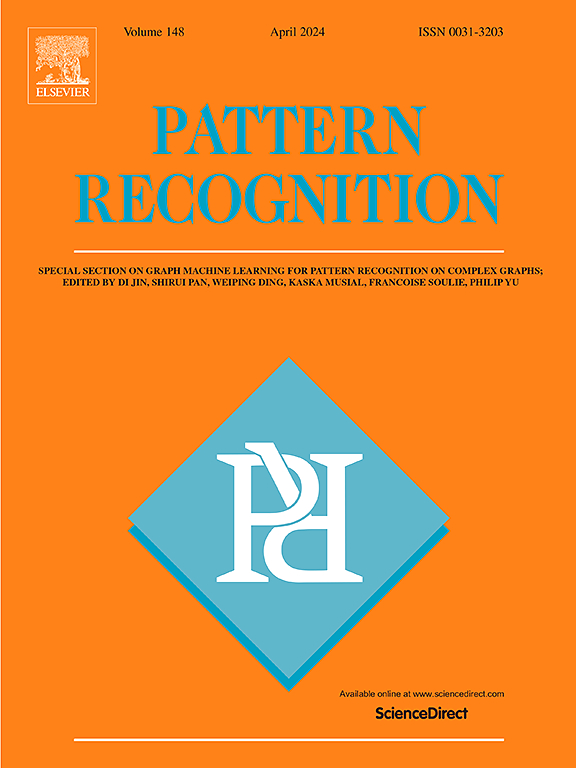Self-supervised polarization image dehazing method via frequency domain generative adversarial networks
IF 7.5
1区 计算机科学
Q1 COMPUTER SCIENCE, ARTIFICIAL INTELLIGENCE
引用次数: 0
Abstract
Haze significantly hinders the application of autonomous driving, traffic surveillance, and remote sensing. Image dehazing serves as a key technology to enhance the clarity of images captured in hazy conditions. However, the lack of paired annotated training data significantly limits the performance of deep learning-based dehazing methods in real-world scenarios. In this work, we propose a self-supervised polarization image dehazing framework based on frequency domain generative adversarial networks. By incorporating a polarization calculation module into the generator, the Stokes parameters of airlight are accurately estimated, which are used to reconstruct the synthesized hazy image by combining the dehazed image generated via a densely connected encoder-decoder. Furthermore, we optimize the discriminator with frequency domain features extracted by frequency decomposition module and introduce a pseudo airlight coefficient supervision loss to enhance the self-supervised training. By discriminating between synthetic hazy images and real hazy images, we achieve adversarial training without the need for paired data. Simultaneously, supervised by the atmospheric scattering model, our network can iteratively generate more realistic dehazed images. Extensive experiments conducted on the constructed multi-view polarization datasets demonstrate that our method achieves state-of-the-art performance without requiring real-world ground truth.
求助全文
约1分钟内获得全文
求助全文
来源期刊

Pattern Recognition
工程技术-工程:电子与电气
CiteScore
14.40
自引率
16.20%
发文量
683
审稿时长
5.6 months
期刊介绍:
The field of Pattern Recognition is both mature and rapidly evolving, playing a crucial role in various related fields such as computer vision, image processing, text analysis, and neural networks. It closely intersects with machine learning and is being applied in emerging areas like biometrics, bioinformatics, multimedia data analysis, and data science. The journal Pattern Recognition, established half a century ago during the early days of computer science, has since grown significantly in scope and influence.
 求助内容:
求助内容: 应助结果提醒方式:
应助结果提醒方式:


